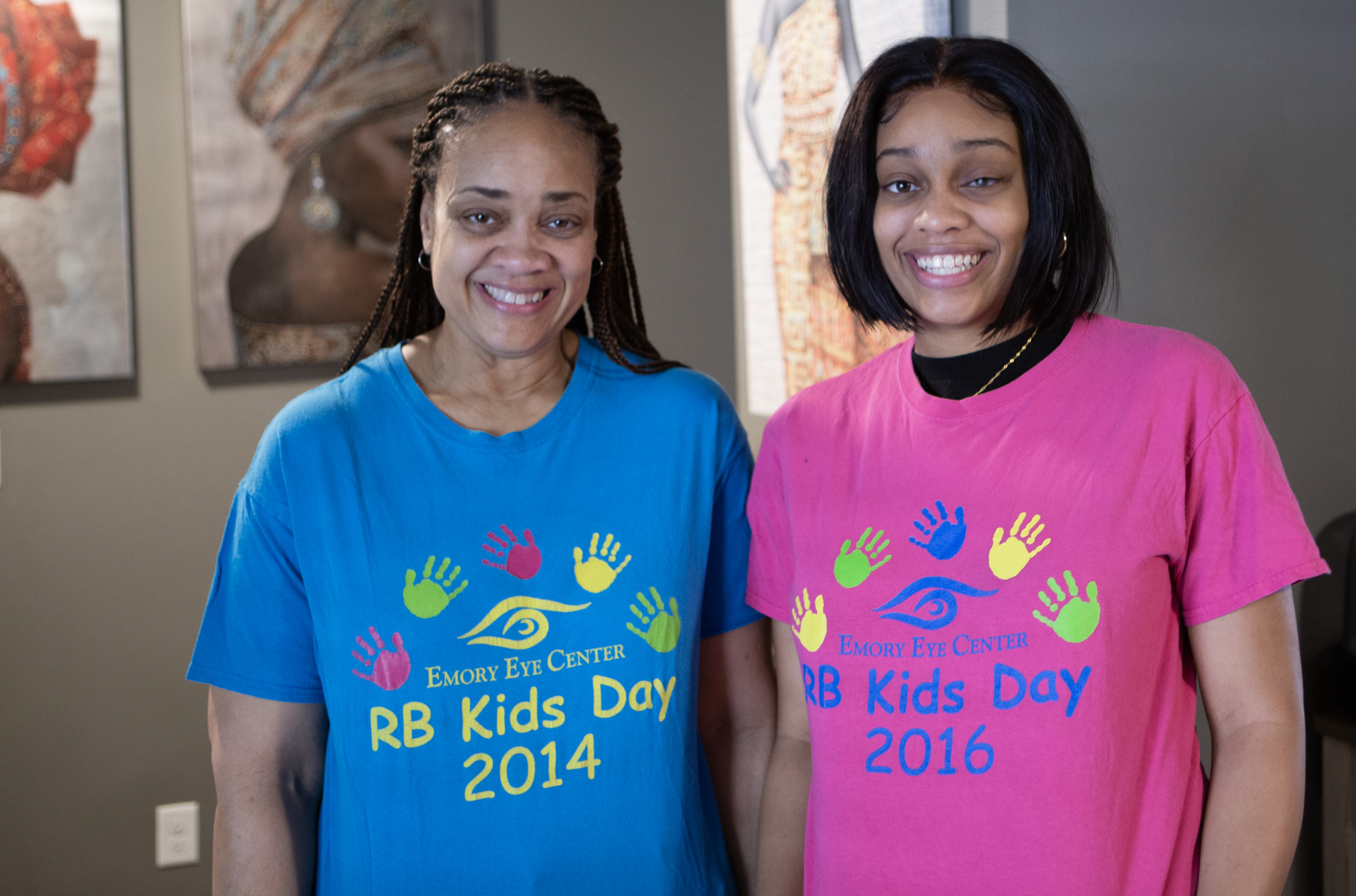
Kennedy Rouse is all about poise.
The 22-year-old dancer, singer, and performing artist went to school to perfect that vibe, graduating from the American Musical and Dramatic Academy in 2022.
And she doesn’t let thoughtless questions about her prosthetic eye break her stride.
“I always try to read people’s intentions. You can tell a lot about people from their body language and tone of voice,” she says.
“If someone's genuinely curious about me, they won't say 'What's wrong with you?' They’ll say something like ‘If you are comfortable talking about it...' And I'll talk to them.”
Diagnosed with retinoblastoma at age four, Kennedy has spent a lifetime overcoming any attitude that would hinder her dreams. Losing sight in her left eye ceased to be a limiting factor a long time ago.
Her mother, Kimberly, smiles, thinking about what once seemed like obstacles.
“I started covering my left eye to see what it would be like for her to drive,” she says. “I just wanted to know that she’d be safe behind the wheel. I even got her a private driving instructor because I didn't think I could teach her on my own.”
The more Kimberly learned about the disease of retinoblastoma, the less she worried about Kennedy’s future. Knowledge empowered her - and her daughter. Their education started with Emory Eye Center ophthalmologist Baker Hubbard, who diagnosed Kennedy and performed the surgery that removed the cancer.
“The first thing Dr. Hubbard did was to explain everything in layman’s terms, language I could understand.” says Kimberly. “He also said that it [retinoblastoma] is often harder on the parents than it is on the kids. They [the kids] don’t know anything’s wrong.”
Hubbard was right about that. The photos adorning the Rouse home show a bright-eyed, beaming little girl enjoying every stage of a very active childhood. If there was an opportunity to dress up and strut-her-stuff, Kennedy seems to have always been happy to oblige.
Of course, there were some classic toddler moments, too.
For the eight weeks between her initial surgery and the implantation of her first prosthetic eye, Kennedy had to wear a device that was designed to keep her eye socket in shape.
“Well, she kept pulling it out,” says Kimberly. “I mean all the time. My husband and I would wrap her in towels and struggle with her, but she’d always find a way to pull it out. And every time, we’d have to call Dr. Hubbard and ask him to help us put it back in. And every time, he would just tell us to come on in before 8 in the morning so he could see us before the clinic opened. We had to have gone back there at least 10 times to get it back in.”
Kimberly smiles again.
“And you know, with my husband and I? She’d struggle and cry. But with Dr. Hubbard she’d just lay there and let him put it back in. It was the same when she was being diagnosed. He had to do an ultrasound on her eye. Right on her eye. And she sat still and didn’t cry.”
-Kathleen E. Moore


